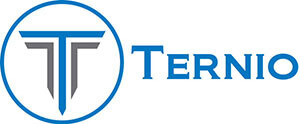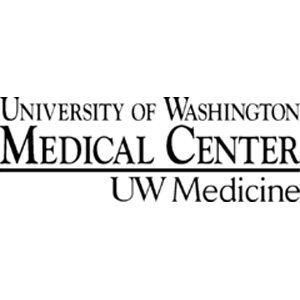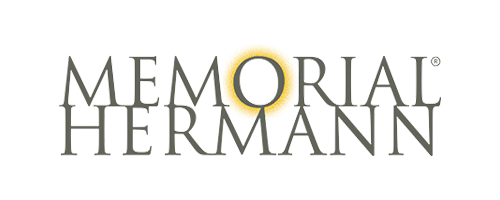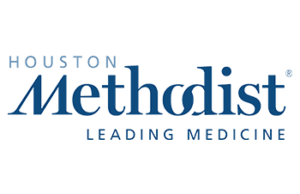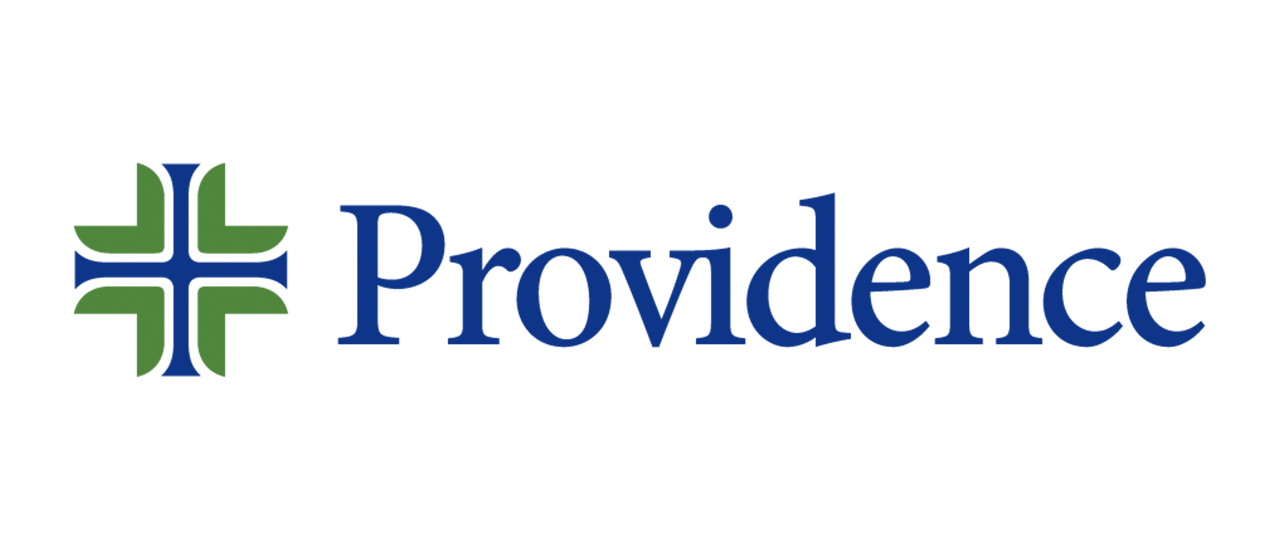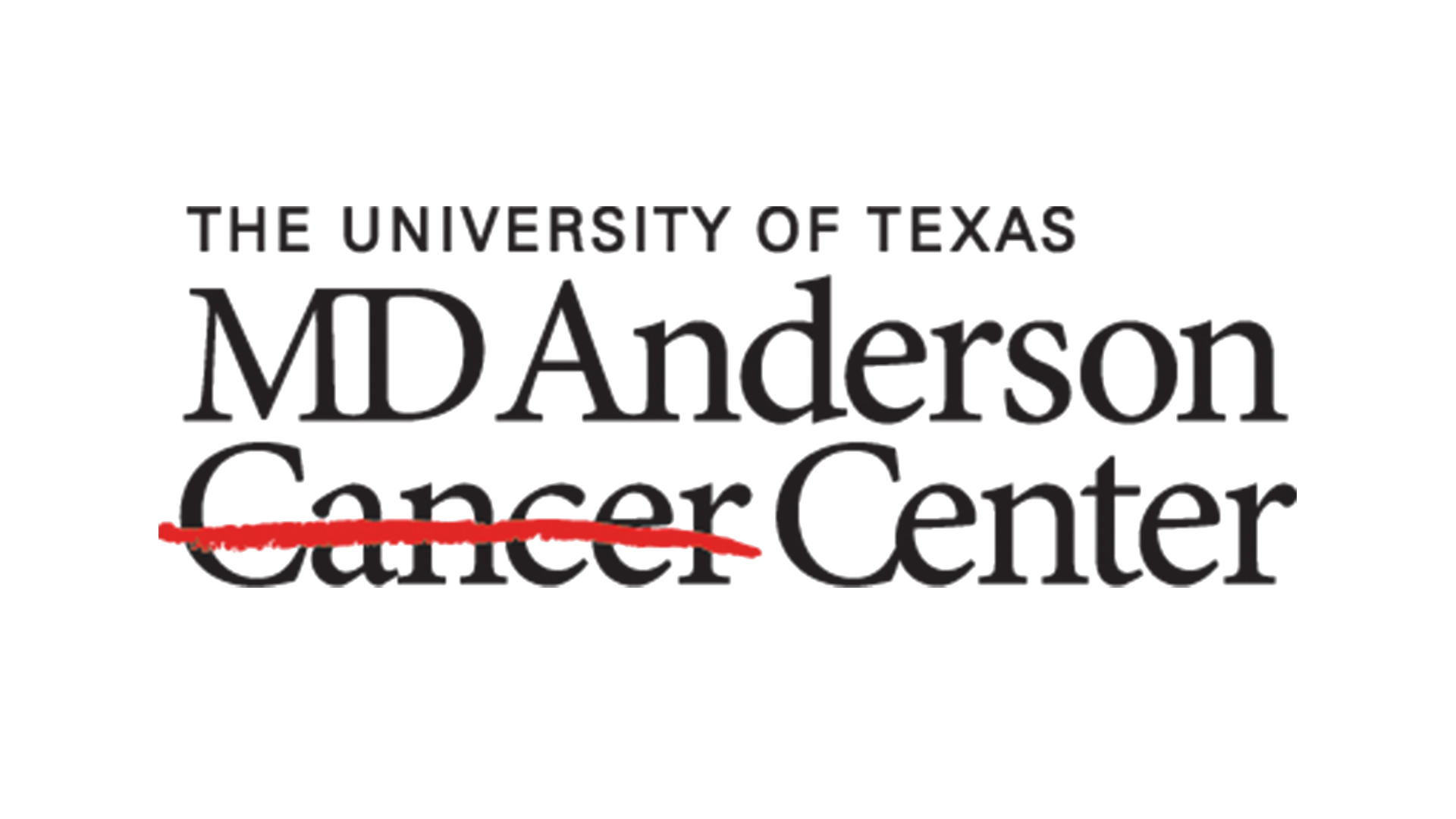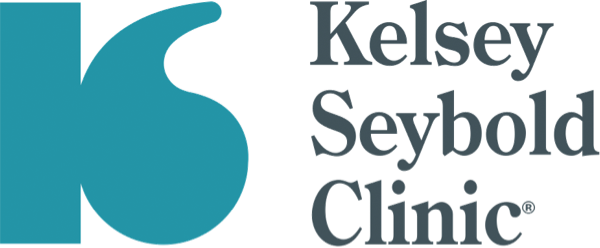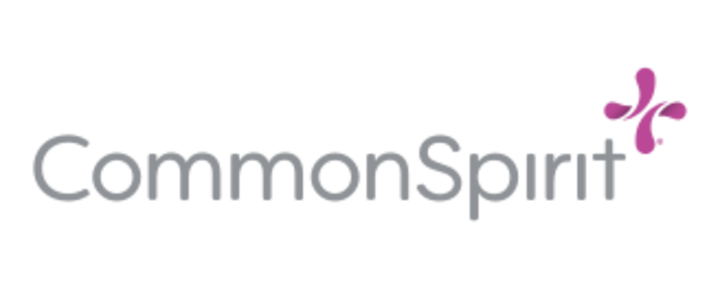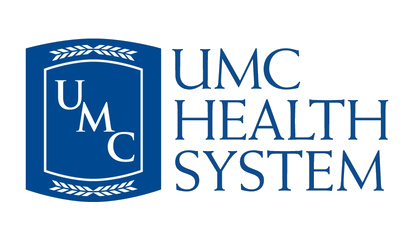A Conversation with Brendan Dooley, Vice President, National Field Sales at Medline
Expert Insights features conversations with healthcare professionals on topics related to innovations, challenges, and opportunities in the rapidly changing field of healthcare supply chain management.
Our guest for this episode is Brendan Dooley. Mr. Dooley is the Vice President, National Field Sales at Medline.
In this discussion, Mr. Dooley talks about the importance of preference card accuracy in improving patient care and outcomes, the synergies between Medline and Ternio, and how data (and the accessibility and understanding of that data) will lead to continual improvements in the delivery of healthcare.
The transcript and video have been lightly edited for clarity and brevity.
Ternio News: Joining me today is Brendan Dooley, Vice President, National Field Sales at Medline. Brendan, tell us a little bit about your background and experience, and how you ended up with Medline.
Brendan Dooley: Sure, Steve. I started with Medline 8 years ago, and I’ve had a number of different roles in Medline. I started out in field sales and acute care hospital sales out in New York City — covered that for about 10 years — and then during that time, I was a field trainer, regional manager, and then had the opportunity to take on some more responsibilities as an IDN Executive, so I covered the largest health systems in New York, New Jersey, and Connecticut, and I did that for about 4 and a half years. And then, most recently, I took a new role. I came out to our global headquarters here in Chicago, Illinois, and I run 4 of the perioperative sales teams at Medline.
Ternio: Wow! So how would you describe your current responsibilities? That sounds like a big job.
Brendan: So current responsibilities is I’m in charge of the perioperative sales team. They are focused completely on the continuum of the perioperative space. 25 sales specialists, 10 market directors that cover all of our perioperative business.
And then I have a sales team that supports them, called the OR specialists. They are more of an education, and in-service team. I have a product support specialist team that does in-servicing and education throughout the whole entire hospital that focus on 16 categories. and then I have the Centurion Medical Products division where they cover the central supplies, central sterile as well as non-sterile kitting, and minor procedure trays. So, trying to cover the entire perioperative umbrella.
Ternio: Was a career in medical supply chain — was that always in the cards for you? Was that something you focused on as you were going to school? How did you choose this as an advocation?
Brendan: Yeah, … I went to school for operations management. I always loved to solve problems and really discover bottlenecks, and how to, you know, kind of unravel them and make things more efficient. And that really led me into the role that I am in today, which is really driving efficiencies in the perioperative space. But back in college, you know my goal was to get a job right out of college, which I did, and I was fortunate enough to be with Medline. And I’ve been here for 18 years. I was able to get into the sales rep training program, which was right out of college, got my feet wet in the customer service branch, and then got my first outside sales territory. So, it kind of just happened, and I’ve been happy with Medline ever since.
Ternio: Sounds great. I mean, very few people are fortunate enough to have that kind of a vision and drive and end up doing what they intended to do all along. In your current role, from a sales and operations standpoint, what are your biggest challenges and opportunities right now?
Brendan: Yeah, challenges really come with labor. And I feel that not only is everybody feeling this, but more importantly, our hospital systems. They are dealing with that great transition that’s out there. So, people that had that knowledge in that base of the hospital networks have left the hospital and the health care field. And now we have people that have never worked in a hospital setting or a healthcare setting now coming in. So, there is a need for education and in my opinion, a big need for efficiencies, both you know, in the labor force as well as in our health care networks. We’re doing [more with less] every day, and I think that’s ultimately what our customers and the challenges that we’re faced with are trying to provide the best results with fewer individuals. And this ultimately comes to, “How can we do that?” And technology seems to be the answer for a lot of this, and leading to “Yes — we have a salesforce, and we have labor to support our customers — but how ultimately can we do [more with less]?” And technology is the answer. And really driving with that.
Ternio: Right. It seems like a double-edged sword right now, in that this is both a challenge and an opportunity for an organization like Medline. Because of the newcomers coming into the system, and this mass transition that you reference, you have people that are in greater need of the services and support that Medline offers. On the other hand, you have a client base of hospitals and hospital groups with all these new employees so the bandwidth to take on a partnership with Medline might be challenged. Am I getting that right?
Brendan: Yeah — and I think it’s just — there’s a lot of new relationships out there, but it’s really about — and I think it always starts with — the people that are causing or driving the partnerships that really make it successful. And I think if we have good individuals out in the field that are partnering and being strategic with our customers, it makes things go smoother, but we have seen that transition where someone’s coming from outside the industry. They might not be familiar with Medline. So, it’s about education. And a lot of times it’s going back to the beginning, giving our history — a family-owned business — really how we’ve started at Medline, and how we’ve grown. And I think that helps tell the story, and ultimately grow a stronger partnership with our customers.
Ternio: So, let’s talk a little bit about your decision to partner with the Ternio Group on their PrefConnect product. Why was that a good fit for Medline and for the Medline suite of services?
Brendan: Let’s take it actually, a step further back and why I feel it’s just a tremendous, you know, product for our customers, is because preference cards — especially in the perioperative area — is that recipe to have everything that a healthcare provider needs in order to perform that surgery safe and to have the best outcomes. And I think that ultimately is that supply chain card to make sure that they have everything there to do it. So, they’re not leaving the room, they’re not forgetting supplies, they’re not opening unnecessary supplies… and ultimately this technology helps customers not only clean their cards but maintain them long term. And that ultimately drives cost savings, making them more efficient. Medline, being in that perioperative space, and being a market leader there, ultimately gives us another strategic advantage to come to our customers and continue to partner with them. So, we are constantly, with our custom packs, and our operating room supplies, we are partnering and being strategic. This is ultimately helping them be more efficient with the Medline supplies.
Ternio: Right. So how does it fit in, exactly, with the other offerings that Medline brings to the table?
Brendan: So, when you look at a preference card, you’re really looking at a supply chain, you know, a list of supplies that are needed. One of the biggest supply chains within a supply chain is a custom pack, and that’s our bread and butter that we do at Medline is custom kitting — especially for the perioperative space. So, on average, we have a custom kit for all different types of surgeries, and they’re custom to each customer and their needs. So, it’s ultimately creating a preference card within a preference card, and that’s that largest item on there. On average, we have 80 items inside of a custom pack for the perioperative space. So, this is helping them drive those efficiencies. and putting more of those perioperative items into one bag or product to be delivered to the supply chain. So, we’re ultimately creating a preference card inside the preference guard, and what we’re doing is creating efficiencies. So, when we’re talking with customers, about, “Hey, you need to update your preference cards” — so we’re talking preference cards all day. When we’re talking about custom kitting, now with our partnership with the Ternio Group and PrefConnect, this ultimately gives us another technology to offer the customers to make sure that they understand the value of updating their preference cards and ultimately making them more efficient.
This goes back to that great transition that we’re seeing in health care. So now we have people that generally have picked operating room cases from their memory, and not used preference cards because it was something they did every single day. And now we have someone new that is looking at a preference card that could be outdated by 5 years. So, they’re picking to what’s on that recipe list. They get it up to the operating room and it’s the complete wrong supplies because nothing has been updated. So, this is a great time to be partnered with such a great company like the Ternio Group, to have this offering for our customers.
Ternio: Now the value proposition here with implementing a preference cart management system like PrefConnect seems so obvious. What are the challenges that you have, and that your sales team has with implementing and onboarding a program such as this with your hospital clients.
Brendan: I think hospital and healthcare employees, just like all of us, are creatures of habit, so they are picking this out of their memory, as I said, and they continue to do that. So they think that, even though they don’t use the preference card, the surgery is still getting completed and they feel that everything’s in the room because it’s all knowledge base, but what they really don’t realize is that on average preference cards are only 60% accurate. So, when you look at that — being 40% inaccurate in the revenue driver of a hospital — we really have to pinpoint that. So, the number one challenge is that most health care systems think that they have a good process and that they’re up to date. It’s really when you dive into the weeds and you get into the nitty-gritty of it where you realize that most of the people are picking from knowledge, and they don’t use the preference card for the way it should be built.
Ternio: Now, what we’ve seen at Ternio is that a lot of the potential customers for a product like PrefConnect — they often lack the ability to provide reliable…— the systems that currently have — lack the ability to provide current or reliable data upon which to base a projected ROI from implementing the system. Have you found that to be the case, and how have you managed to resolve that issue?
Brendan: Data is always it’s gold, you know. So, when you have great data, you can have actionable outcomes. But a lot of times in the health care world we don’t have very good data, or it’s not updated in this goes back to the cleansing and the maintenance portion of the preference cards. When we’re working with Ternio and we get good data, we’ve had the best results, because we’re really providing the end users and the customer with valid feedback of cost savings: hold items going to off the preference card, or open items going to hold items, to make sure they’re doing the most efficient — and we’re providing the data behind it. And I think that’s key to this. And I think in some cases where we have that data, it’s going to the right people. So, when you’re going into an operating room, they might think that “Oh, this might not be a good thing, because we have handwritten preference, cards” or “We’ve only got ‘em on excel spreadsheet”. Well, when you go into their data team, and you start working with it, it might be all completely on electronic EMRs where we can then use that data to provide real valued information. It’s about getting to the right people. And I think that’s the challenge: That ultimately, we have to get all the right people in the room. So, you have to have someone from IT, clinical, the owners of the preference cards, and the supply chain. all in the room together to open up the complete conversation around supply chain and preference cards. Because everybody is involved in the hospital setting to make sure those work.
Ternio: Exactly. Now, ultimately, everybody’s goal in this is to improve the patient experience and to improve patient outcomes. Can you talk a little bit about how this program, PrefConnect in particular, helps to helps to facilitate better patient outcomes?
Brendan: Let’s start with, you know, the patient experience first. So, if you’re waiting for surgery and you’re supposed to go into the operating room at 9 am, per se, but then you don’t go into after noon because cases are delayed and things like that everything happens in the perioperative space — but a lot of this can be prevented by making sure that all of the cases are picked with the right items beforehand. So that way, when it comes to room turnover time and things like that, we’re ready to go and all the supplies are there. So that really can help with the delays in that patient experience to make sure that things are happening on time, there’s communication out to the patient, and ultimately the patient experience is good. And then, with outcomes, when we’re in the room, and the surgery starts, and then a clinician has to leave the room and come back into the room with more supplies, because they didn’t have everything they needed, that ultimately can lead to surgical site infections…— different, you know, kind of infections during the surgery. We really want to limit that. And if we have updated, clean preference cards that have everything they need on there, that is definitely going to reduce the risk and make sure that they have the best outcomes. There’s also different surgeon-compare data that we can do with the PrefConnect, where we can look at the different cost of surgeries by surgeon, and ultimately the outcomes of that, where they can do surgeons compare within health systems.
Ternio: Many clinicians seem to view the implementation of a program like this as just something else added to their plate. Another thing for them to do, and they already have limited bandwidth. How do you address that concern?
Brendan: Yeah. I would think that the way that the Ternio Group and the Medline partnership — we do a lot of handholding through the process. So, we do a lot of the heavy lifting, which I think eases them when we walk through the implementation process. And ultimately the concierge service that Ternio Group provides, where we sit down with the end users — we’re not going to dump this technology on a on a partner and say, “Here you go”. We’re gonna walk them through every month, and we’re gonna show them what opportunities they have. And we’re gonna really show you the value of the data that we’re providing. And ultimately, I think that’s the difference between it— it is a partnership. It is not just a, “Hey, we’re gonna turn on this pref preference card maintenance program, and you’re on your own”. We’re gonna walk, you through that process and we’re gonna be a true partner, and be there every step of the way, so you understand the value of the partnership and the program that we’re providing.
Ternio: Is it realistic to think that once a program like this is implemented, that clinicians can regain some of their time for clinical activities and relieve themselves of some of their administrative duties.
Brendan: I would think so. And I think it all starts with that clean card. So, we’re gonna have the right items in the room at the right time, which is the most important thing. So you’re gonna have less picking, less steps in the supply chain process, making everybody more efficient, and also when we’re bringing the information to that end user or that clinician saying, “Here’s what the data saying”, they can make a decision with the information. and data behind it so they’re making it informed choices in order to make them more efficient and ultimately save money. So, yes, I definitely agree. This is gonna free up more time to be at the patient bedside.
Ternio: So, what do you see for the future? What’s the next big innovation in this space?
Brendan: This is ultimately gonna help them have faster turnover times, gain more revenue by doing more surgeries. And this is ultimately going to get to the next phase. One of the big things that we’re faced with on the Medline side is, everybody talks about standardization and standardization of items inside the operating room. But when you’re talking about an IDN or a large health system, you have different equipment in every room. You have different shelf items on each shelf. So ultimately, how do you do that? The PrefConnect data can point them all in the right direction to make sure that, you know, if we’re looking at a total need case, we can make sure that the items are aligned by surgeon. Not only on the preference card, but make sure those same items that are pulled outside the preference card are on the shelf to make sure that we have consistency of all of the products through supply chain. And ultimately it reduces the variance in care. And this is the information that we can provide, and I think that’s the next phase of this, is how do we ultimately show customers that are using PrefConnect how to be better as a health system, through supply chain. And we have the data to show them.
Ternio: We’ve covered a lot of ground here — do you have any parting thoughts that you would like to share?
Brendan: You know, I do think the value of preference cards — and not only updated, because we do have a couple of different models with this — but it’s the maintenance of it. It’s the long-term care of that that we see. We have a lot of projects out in the field where customers clean their cards, and they’re great for a few months, and then they go back to memory and pulling off of memory. So, it’s really the technology that continues to make sure that they’re clean accurate cards on a regular basis. And that’s the partnership that Medline loves with the Ternio Group is that we can continue to bring this value to customers together, and ultimately providing more efficiencies and cost savings to our customers.
